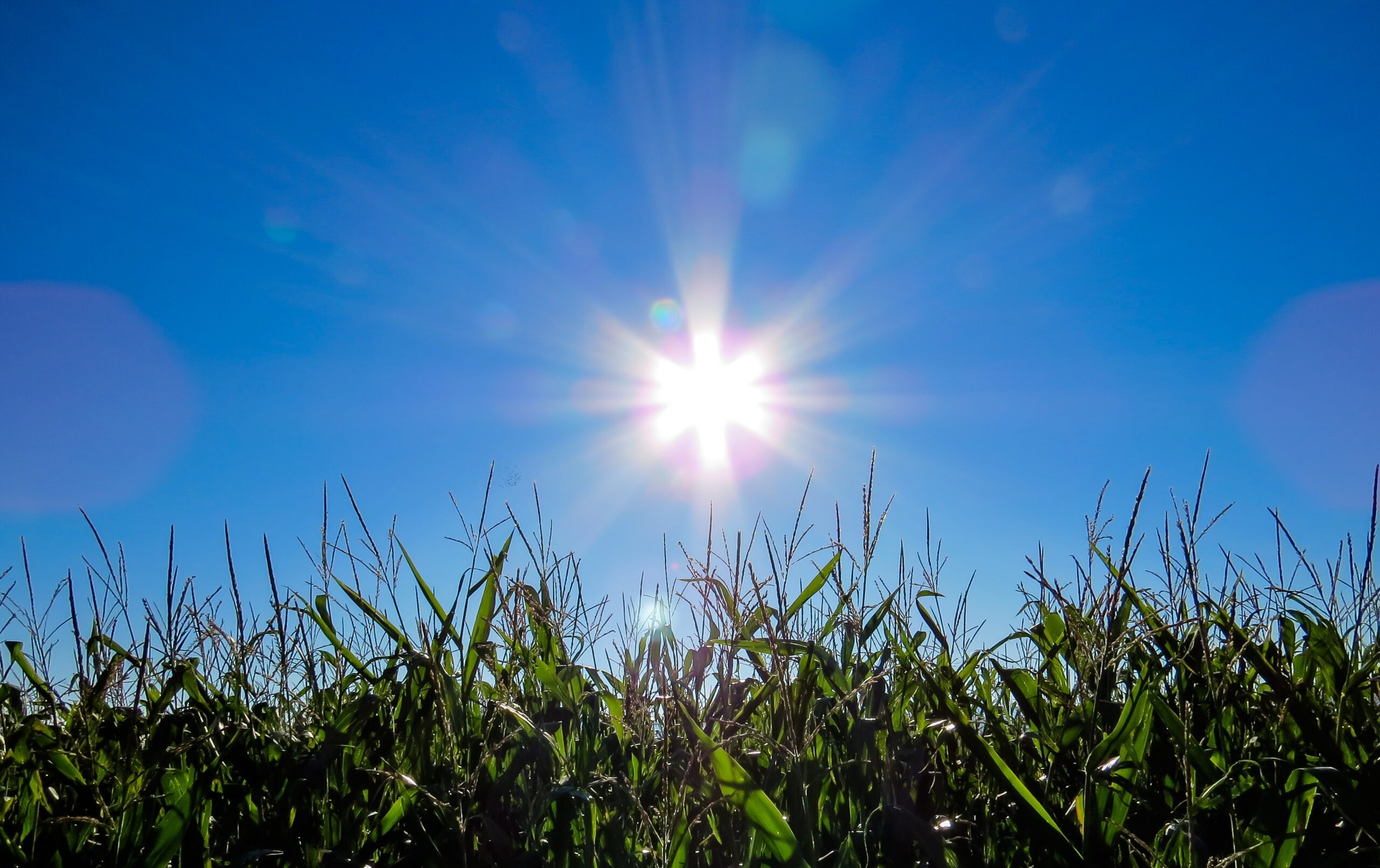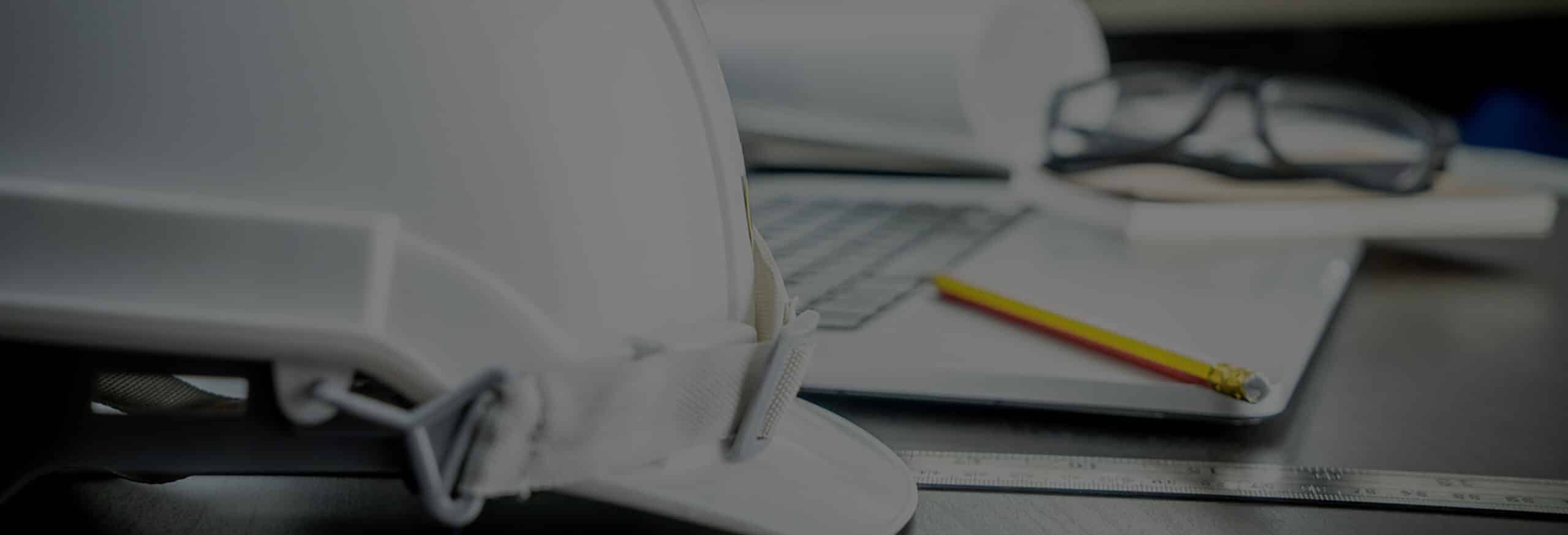
30 Jul Scorching Summer: How UV Rays Damage Your Commercial Roof
Winter is tough for your roof. Snow build-up creates a heavy load to support. In the spring, the wind rips materials out of place and April showers really put gutters and drains to the test. The one season people tend to overlook when assessing roof damage is summer.
Sure, there might be a few strong storms or heavy rains, but for most of the summer in Indiana, we get to enjoy warm weather and clear skies. Your roof, on the other hand, goes through a lot during the summer months and conditions often lead to roof damage.
Dry Heat
If you think it’s hot on the ground shaded by trees and buildings, think about the heat your roof is exposed to every day, all day. Unless a cloud comes by and offers some relief from the beating sun, your roof is directly exposed to UV rays. UV rays dry out oil materials used in your roofing system to prevent leaks. Seals, envelopes, and the roof membrane are all impacted by the direct heat. You won’t notice the damage until a leak springs up the next time it rains, so be proactive and inspect your roof after a long, hot summer and look for signs of distress.
Cracking
As the temperature rises and falls throughout the day and into the night, roofing materials expand and contract. When the temperature heats up, materials expand. When night falls and the temperature dips, they contract, leaving cracks and loose material. Cracks often get blamed on other elements, but harsh UV rays are likely the culprit.
Discoloration
We all love a tan, but the same is not true for your commercial roof. Discoloration itself is not an issue, but it points to bigger problems in a roofing system. If you have discoloration on your roof, it’s a sign that it has been exposed to harmful UV rays and could have damage. This is hard to spot if the entire roof is exposed to direct sunlight. If you can, identify a place on the roof that is shaded or partially shaded and use that as a reference for identifying discoloration.
Sagging
Sun weakens coating and other structural elements of a commercial roof. Weak coating opens up an opportunity for rainwater to enter the roof structure. Sitting water deteriorates sub-roofing materials and before long, jeopardizes the safety of the roof. If you see dips or sagging sections of your roof, it’s a pretty clear indicator that you have damage.
Give Your Roof Relief
Much like jumping in the pool for relief or cranking up the A/C, there are things you can do to make the summer less damaging for your commercial roof. Reflective paint is to roofs as sunscreen is to skin. Highly reflective, light-colored paint helps reflect sun rays off of the roof to keep the temperature down. Not only does this help maintain your roof, it keeps the temperature inside the building lower, cutting back on energy costs.
Regular recoating is another way to protect your roof. Recoat every 5-8 years and make it part of your regular maintenance process. Extreme climates and direct UV rays might mean more frequent recoating. Talk with a roofing professional to determine the best time frame for your system.
While it won’t give your roof any relief, be sure to schedule regular inspections to catch small damage and issues before they turn into big problems. If it’s time to take a look at your roof, give us a call to schedule your independent inspection.

